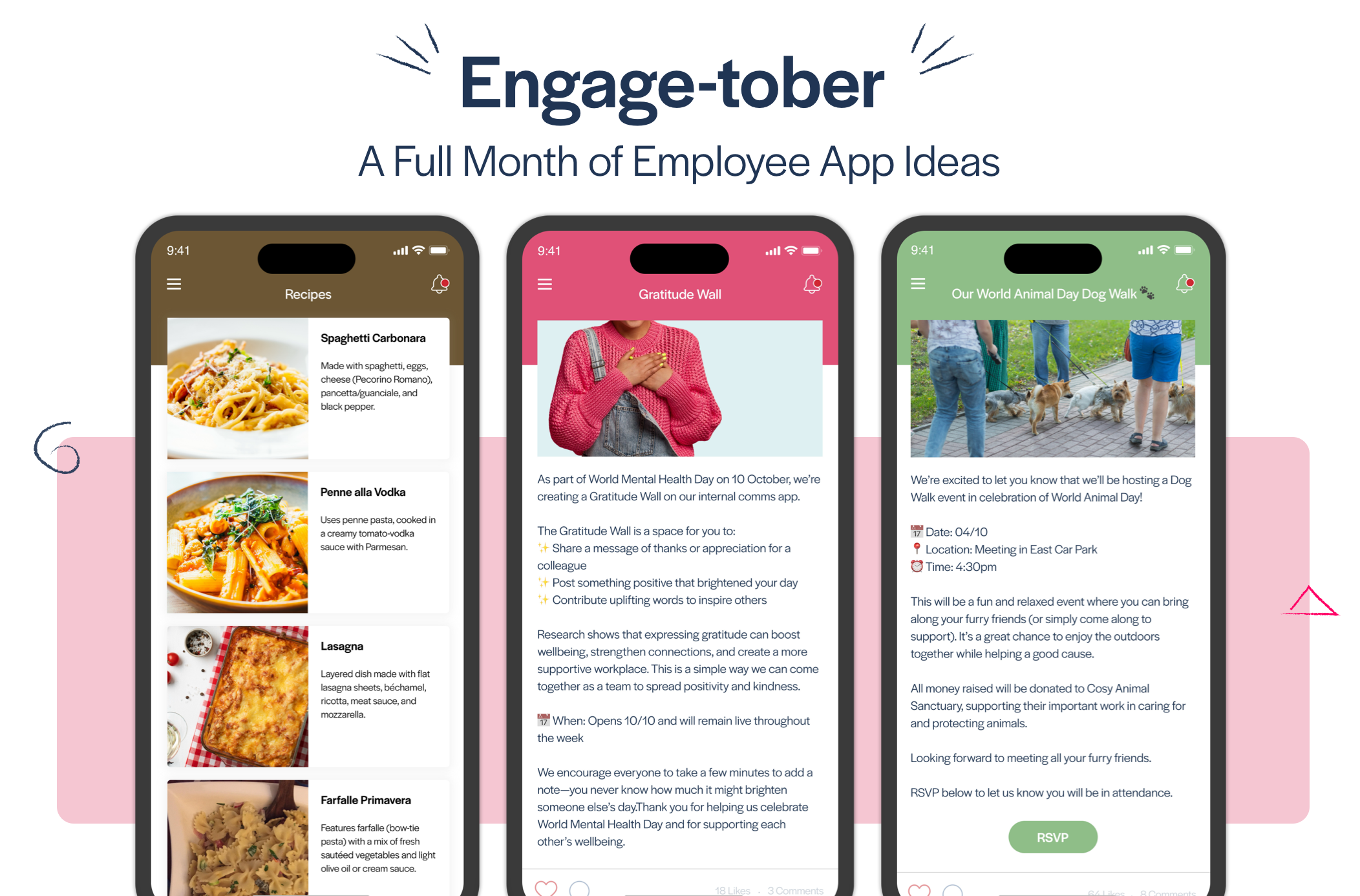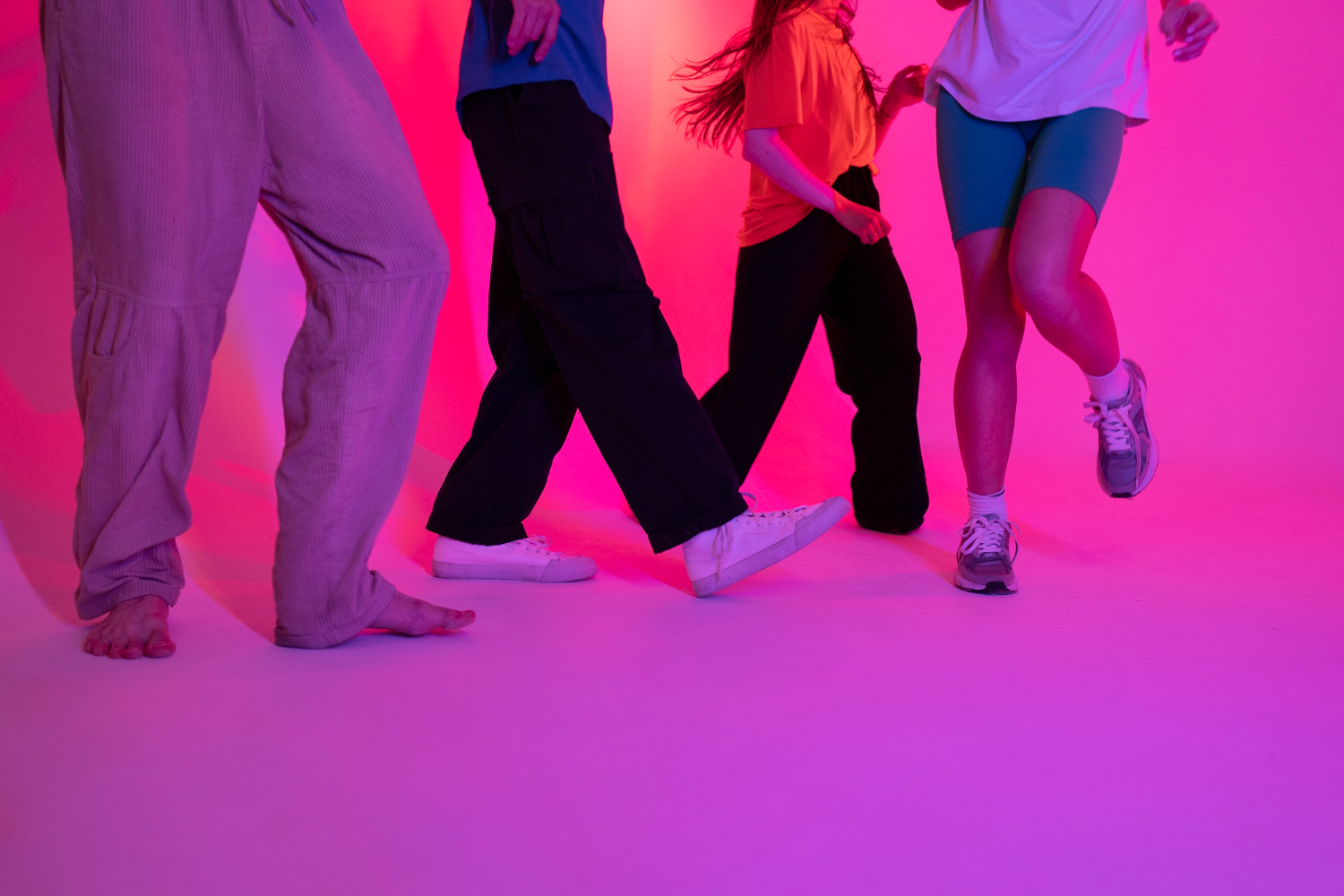
Blog
Give Employee Recognition the Social Media Transparency Treatment.
The ubiquity of social media is such that your company’s reputation is dependent on what your customers and employees say openly. Social media will therefore also influence an employee’s reputation internally, based on what their colleagues say.

It often seems that there’s nowhere to hide from the glare of others through their social apps on smartphones, while this pervasiveness has made people in today’s society appreciate or even demand more transparency. The ubiquity of social media is such that your company’s reputation is dependent on what your customers and employees say openly. Social media will therefore also influence an employee’s reputation internally, based on what their colleagues say.
In the survey “Employee Recognition Programs,” conducted by the Society for Human Resource Management (USA), respondents said that employee recognition was a key tool for employee engagement (leading to customer satisfaction and company financial performance), and 80% had a dedicated programme in operation. However, peer-to-peer recognition was not mentioned once, while the evidence now shows that this is a highly effective way of boosting employee engagement and happiness. 58% of respondents (all HR professionals) even admitted that their most common employee recognition area was ‘years of service’.
On factory floors, in offices or remote work locations, immediate verbal recognition and praise from peers are powerful motivators for most employees. Management must enable this natural behaviour to be expressed ‘in the moment’ and by everyone. They can leverage social sharing behaviour to enable peer-to-peer recognition, in turn increasing employee engagement that will lead to higher customer satisfaction.
Today, the best way to enable this is with a mobile app installed by all employees on their smartphones. An app dedicated to your company can offer some privacy from the external world, yet transparency within its community. Positive experiences can have a ripple effect throughout the organisation when all employees see them displayed on their smartphones.
A mobile app can also make grassroots recognition visible to management in charge of developing and nurturing the company culture, who can pick up on this and use the data for official staff recognition awards, where the choice of recipients is more congruous with the crowd choice, the process more transparent and the result more accepted.
Policies that ensure people get regular acknowledgement and praise for a job well done are critical to promoting a more trusting, positive, and de-stressed work environment for all generations. An organisation may have Baby Boomers and Generation X, but the Millennials will become the dominant workforce of the next decade. And across the globe, many organisations realise that annual performance reviews are not efficient for appreciating Millennials, so they need to put in place ongoing feedback.
We believe that a mobile app with a social component works better for Millennials, who are digital natives and use social media on their smartphones to share every enjoyable or quirky moment of their life. They don’t think much about leaving this behaviour at the door when they go to work.
US company Youearnedit analysed the 150 submissions they received for an Employee Appreciation Day prize to find surprising trends in what employees appreciated in their co-workers: the most appreciated traits contributed to business performance. There were stories of people who skipped happy hour to work hard for their team, supported huge teams with a smile, came in early and stayed late, or were willing to put aside their own ego to let teammates shine.
It shows that unselfish people get the best respect and the recognition from others who witness it. The best way to record that is to catch it in the moment, and a mobile app can enable that.
For all these reasons, we’re working hard this summer at improving our app-building platform to enable social sharing in the context of peer-to-peer employee recognition.









